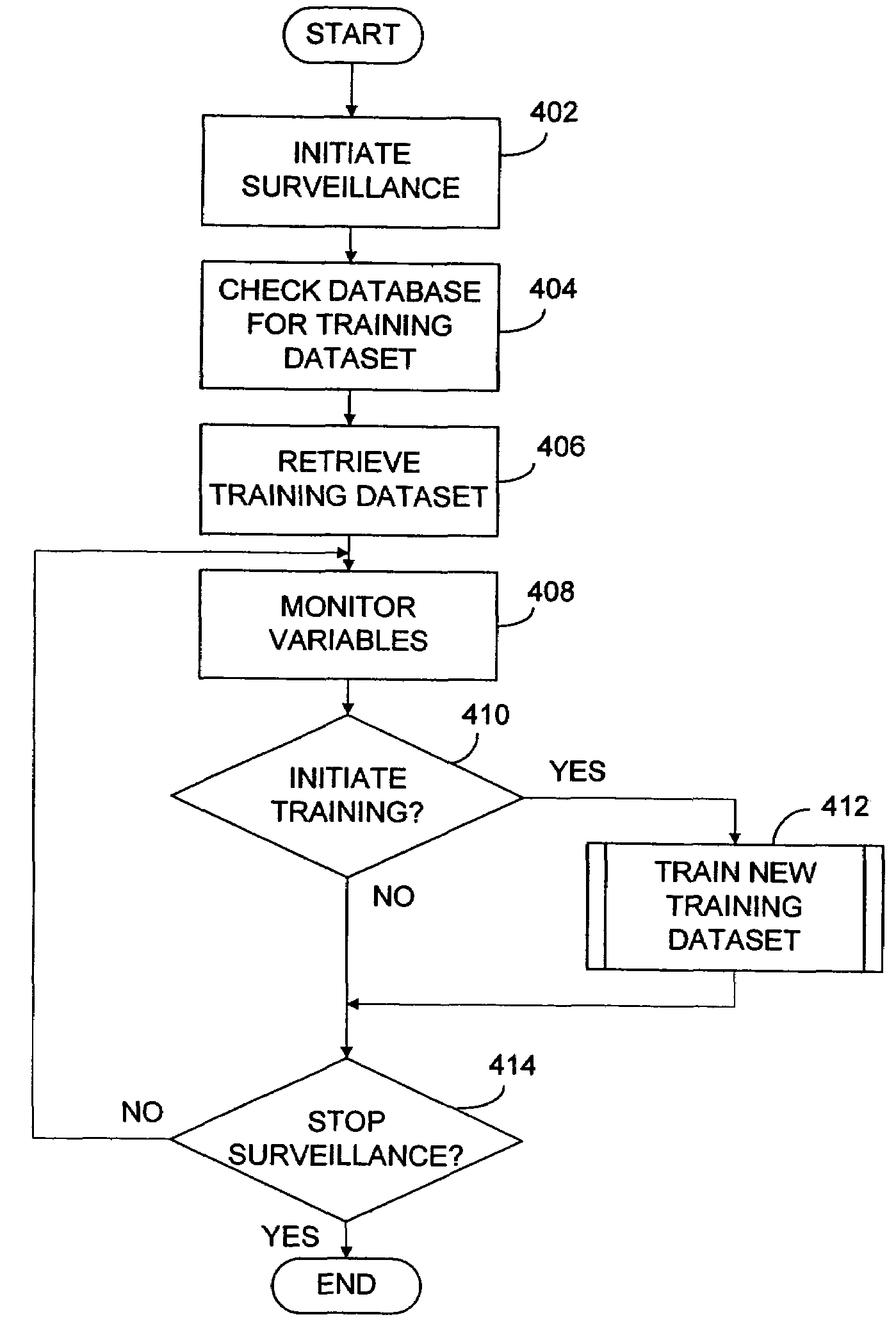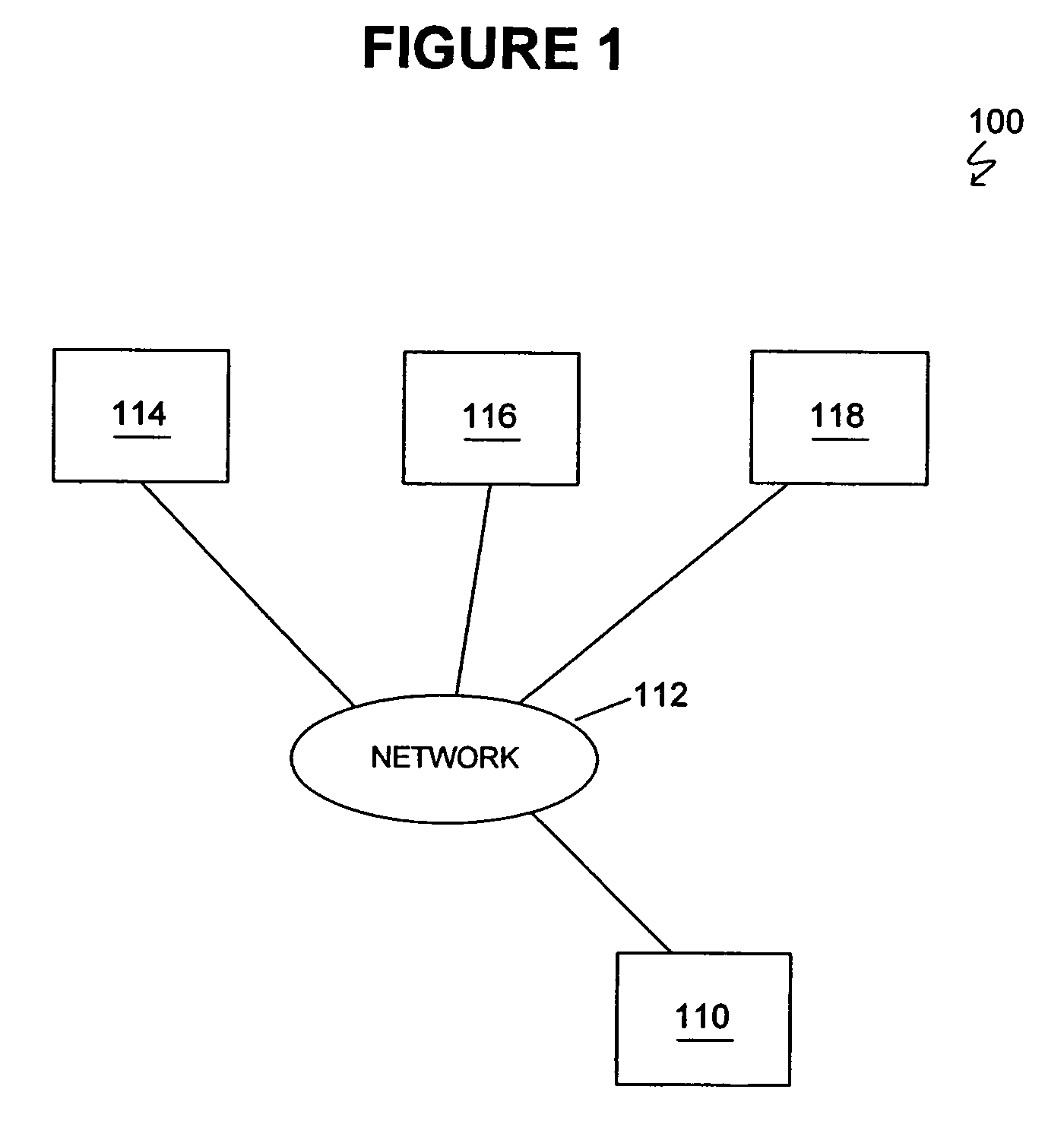Nearest neighbor approach for improved training of real-time health monitors for data processing systems
a data processing system and real-time health monitoring technology, applied in the field of monitoring the health of data processing systems, can solve the problems of complex acquired data, complex data, difficult correlation, and inability to accurately identify faults, and achieve the effects of reducing the number of errors, and improving the accuracy of data acquisition
- Summary
- Abstract
- Description
- Claims
- Application Information
AI Technical Summary
Benefits of technology
Problems solved by technology
Method used
Image
Examples
Embodiment Construction
[0036]Reference will now be made in detail to an implementation consistent with the present invention as illustrated in the accompanying drawings. Wherever possible, the same reference numbers will be used throughout the drawings and the following description to refer to the same or like parts.
[0037]Methods, systems, and articles of manufacture consistent with the present invention train a real-time health monitor for a computer-based system while simultaneously monitoring the health of the system. A program monitors the health of a subject data processing system using a pattern recognition technique to compare signals that describe the operating state of the subject system against signal values in a known signal dataset, which is referred to as a training dataset. The program retrieves the known training dataset from a database of known training datasets by comparing the available signals to be monitored with the signal types in the known training datasets. If an exact match is fou...
PUM
 Login to View More
Login to View More Abstract
Description
Claims
Application Information
 Login to View More
Login to View More - R&D
- Intellectual Property
- Life Sciences
- Materials
- Tech Scout
- Unparalleled Data Quality
- Higher Quality Content
- 60% Fewer Hallucinations
Browse by: Latest US Patents, China's latest patents, Technical Efficacy Thesaurus, Application Domain, Technology Topic, Popular Technical Reports.
© 2025 PatSnap. All rights reserved.Legal|Privacy policy|Modern Slavery Act Transparency Statement|Sitemap|About US| Contact US: help@patsnap.com



